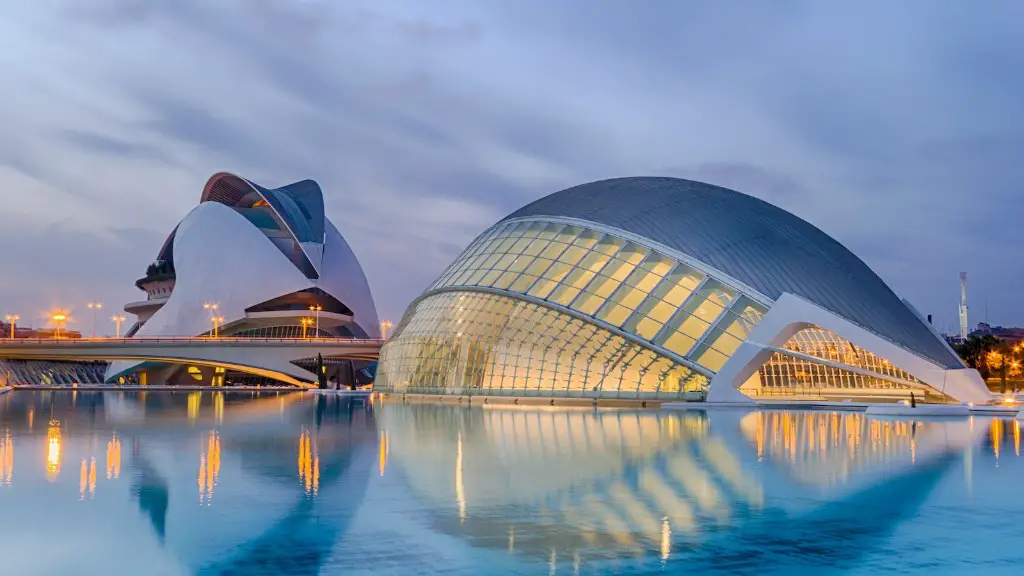There are many different types of software architecture, but one of the most common is called service-oriented architecture (SOA). SOA is a way of structuring software systems so that different components can work together to perform a task. This type of architecture is often used in large-scale systems where different parts of the system need to be able to work together in order to complete a task.
One example of SOA is an e-commerce system. The different components of such a system might include a catalog server, a payment server, a shipping server, and a customer service server. Each of these components can be thought of as a service that can be invoked by other parts of the system. For example, when a customer adds an item to their shopping cart, the catalog server will be invoked to retrieve information about the item. When the customer goes to checkout, the payment server will be invoked to process the payment. And so on.
SOA is a powerful way to build large-scale systems because it allows for a great deal of flexibility. Different components can be swapped out or replaced without affecting the rest of the system. This can be very helpful when making changes to a system or when adding new features.
Service Oriented Architecture (SOA) is a style of software architecture where services are provided to the other components in the system. These services can be reused by other applications, making the overall system more flexible and modular.
What is SOA and example?
SOA is a great way to develop software because it allows for different services to communicate with each other easily. This makes it easy to create complex business applications without having to worry about different software platforms or languages.
Core SOA Principles:
1. Loose coupling helps to mitigate the impact of service changes to consumers.
2. Interoperability helps to ensure that services can be used by consumers of almost any technology.
3. Reusability optimizes the design and development process and helps to avoid new development costs.
What are the different types of SOA
There are several types of services in SOA, which are divided into two categories: Business Services and Infrastructure Services.
Business Services are services that perform specific business functions and are required for the successful completion of a business process. Infrastructure Services are services that provide supporting functionality for the business services, such as security, messaging, and data management.
SOA is an architectural style for building software applications that use services available in a network such as the web. It promotes loose coupling between software components so that they can be reused. Applications in SOA are built based on services.
What are the 3 types of SOA templates?
Templates are an important part of SOA 12c, as they allow you to reuse common configurations and settings. There are three different levels of templates that you can create:
Project Level Template: A project level template can be used to define configurations and settings that will be applied to an entire project. This is useful if you have a lot of common settings that you want to apply to all the components in a project.
Component Level Template: A component level template can be used to define configurations and settings for a specific component. This is useful if you have a specific component that you want to configure differently from the rest of the project.
Custom Activity Level Template: A custom activity level template can be used to define configurations and settings for a specific custom activity. This is useful if you have a specific custom activity that you want to configure differently from the rest of the project.
An SOA, or service-oriented architecture, is a type of architecture that allows different systems to communicate with each other as services. In order for an SOA to work, there must be services, enabling technology, SOA governance and policies, SOA metrics, and an organizational and behavior model in place.
How many layers are there in SOA?
The SOA Reference Architecture (SOA RA) has nine layers representing nine key clusters of considerations and responsibilities that typically emerge in the process of designing an SOA solution or defining an enterprise architecture standard. These nine layers are:
1. Service Contract
2. Service Compatibility
3. Service Discovery
4. Service Orchestration and choreography
5. Service granularity
6. Service reusability
7. Service level agreement (SLA)
8. Service security
9. Service monitoring and management
The SOA RA provides a comprehensive and standardized approach to SOA that can be used by organizations to increase their agility and efficiency.
A Service Oriented Architecture (SOA) is an architectural pattern in computer software design in which application components provide services to other components via a communications protocol, typically over a network. The principles of service-orientation are independent of any product, vendor or technology.
What is the key principle of SOA
SOA (service-oriented architecture) is a software development approach that focuses on creating reusable services. A key principle of SOA is to rely on standards instead of proprietary APIs and formats. This allows different applications to communicate with each other in a consistent manner, regardless of their underlying implementation.
The five functional layers of the proposed architecture will support the following functional capabilities:
Operational Systems Layer: This layer will provide the infrastructure and platform services needed to support the other layers.
Service Component Layer: This layer will provide the basic services that can be composed into more complex business processes.
Services Layer: This layer will provide higher-level services that make use of the services in the Service Component Layer to support specific business processes.
Business Process Layer: This layer will provide the ability to orchestrate the services in the Services Layer to support specific business processes.
Consumer Layer: This layer will provide the interface for consumers to access the services in the Services Layer.
What is difference between SOA and Microservices?
There are a few key differences between SOA (Service Oriented Architecture) and microservices. The main difference has to do with the scope of the architecture. In an SOA model, services or modules are shared and reused enterprise-wide, whereas a microservice architecture is built on individual services that function independently.
SOA is typically used for large, complex applications that need to be integrated across multiple departments or systems. Microservices are better suited for smaller, simpler applications that can be deployed independently.
Another difference is that SOA relies heavily on XML and web services for communication, while microservices typically use lighter-weight protocols such as JSON or Thrift.
Finally, SOA is usually monolithic in nature, while microservices are designed to be modular and scalable.
The different layers in SOA provide different levels of functionality and support to consumers. The consumer interface layer provides the basic interface for consumers to access services. The business process layer provides the logic and workflow for processing requests and invoking services. The services layer provides the actual implementation of the services. The service component layer provides the packaging and deployment of the services. The operational systems layer provides the infrastructure and support for the running of the services.
What are SOA tools
SOA is a software design principle that aims to make software components reusable and interoperable through service interfaces. Services use common interface standards, such as WSDL and SOAP, and follow an architectural pattern so they can be easily integrated into new applications.
A SOA architecture can give business users real time access to data they need through business activity monitoring (BAM). By standardizing information from different systems, businesses can combine and integrate them to make decisions based on real time data.
What is SOA diagram?
A Service-Oriented Architecture (SOA) is a design pattern that is designed to build distributed systems that deliver services to other applications through a protocol. It is only a concept and not limited to any programming language or platform.
API and SOA are two different approaches used when creating software applications. They both have their own strengths and weaknesses, so it really depends on the project at hand as to which one is better to use.
API stands for application programming interface. It is a set of rules and protocols that allow applications to communicate with each other. This can be done by passing data back and forth between the two applications.
SOA, on the other hand, stands for service-oriented architecture. This is an architectural design approach that provides services to components through a communication protocol over a network. The services are usually published and discoverable, so that any component can utilise them.
There are pros and cons to both approaches. APIs can be easier to use because they are often well-documented. However, they can be harder to maintain because of the number of dependencies that can be created. SOA can be more difficult to use because of the need to discover and understand the services that are available. However, it can be easier to maintain because of the loose coupling between components.
In the end, it really depends on the project at hand as to which approach is better. If the project is relatively simple, then an API might be the better choice.
Warp Up
SOA architecture is a style of software architecture that supports service-oriented computing (SOC). It enables the construction of loosely coupled services that can be invoked over a network, typically using Internet protocols.
SOA architecture is an example of a distributed computing model that allows different applications to share data and services. It is based on the concept of loosely coupled components that can be deployed and operated independently.





